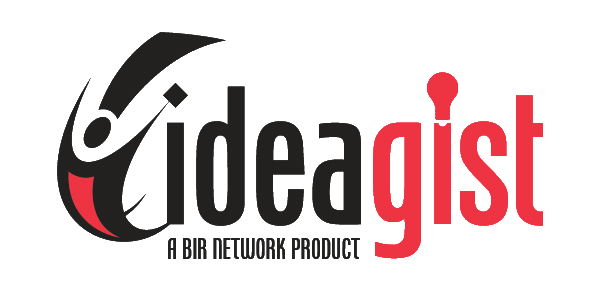They’re out there. You know who… the idea bogeymen (and bogeywomen) – Just waiting to steal your ideas.
That’s why you wrap up your brilliant, world-changing idea and stuff it to the back of your brain. Or you try and work on it in secret. Without anyone knowing… in the darkest corner of your basement.
Then one day, you come to the realization – you cannot continue without talking to others. You have to … GASP… share your precious baby with others!
Can you do it safely?
We’ll show you a way of sharing your ideas yet reducing the risk of it being stolen substantially.
First, think of how you can safely describe your idea to others:
- Understand what you are trying to solve, or what basic need you are addressing
- Describe the people who can relate to this problem or opportunity
- Make a basic statement about your idea without any specific details
Got it? Now you need to find people to talk to. Sounds good? Well, let’s take an example:
Many people have issues with inkjet printers' dried ink. Let's say that you have come up with an idea that prints one test page every week to keep the ink flowing. Before you spend a lot of energy in developing the solution, you would need to talk to few people to understand if this a good idea. Here is the example:
Have you ever had a really important document to print and your inkjet ink cartridge is full of ink, but DRY as the Sahara desert. Would you be interested in a simple solution that can protect your ink cartridges from drying up? Imagine the time, money and hassle this would save you!
Let's say that you have come up with a secure way of connecting patients with their doctors directly so that they can ask follow-up questions using their mobile phone, without going through the switchboard, then a nurse, and finally someone talks to the doctor and you will hear about their response from someone else.
How hard is it to reach your doctor, especially when you have a simple question? Most of the time we have to wait for hours, go through countless phone calls, speak to receptionists and nurses and explain the situation again and again. Wouldn’t it be wonderful if somehow all these middle people could be removed and you could get a hold of your doctor directly? Would you pay a few dollars for such access to your doctor?
In both examples, you haven’t really given your idea away on how you would solve the problem. Anyone agreeing with you on the problem is a good candidate for further questions and don’t forget, those who can relate to your problem statement are going to be your business allies and customers.
So once you have identified the people you want to speak with, you can then ask them follow-up questions and then gently let your baby grow and shape into a fantastic business.
Some follow-up questions can include:
- Have you experienced this problem yourself?
- Can you think of someone else facing the same problem?
- Did it make you feel frustrated?
- How would they feel if the problem was solved?
- Would they like the opportunity to get the solution before anyone else?
- How much would you be willing to spend on getting the problem solved?
What other questions could you ask to get feedback before spending time and money on your idea? If their answer is yes to question 5, they are a good early customer to engage in the development process.
Using this method, you can get feedback from people without disclosing too much about your idea.
IdeaGist is the world's largest digital incubation platform, serving users from all 195 UN recognized countries.

